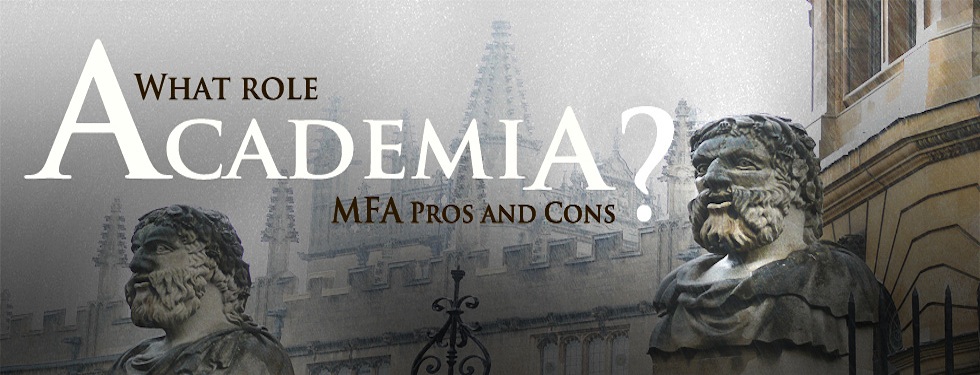What Role Academia?
From within our ranks, Artfronts draws upon the wisdom and expertise of numerous luminaries from the academic worlds of visual arts, architecture and alternative learning. Their input often clashes radically with our colleagues on the commercial side of the art market. Brilliant time for a debate. Alternative views almost always make more interesting projects! We encourage our readers to chip in with their opinions and experiences.
Some of the suggested talking points, pro, con and downright hypocritical, include:
1. Do the enormous costs for undergraduate and MFA programs outstrip the earning potential for careers in the arts for all but a handful of successful artists and historians? If so, would this be any different than most of the Liberal Arts & Humanities fields?
2. Is the non-transferable skill set practical? While some corporations are diversifying their hiring policies to welcome outside-the-box thinkers and creative innovators of many flavors, artistic craftsmanship and technical prowess may not necessarily translate well to careers outside of the arts, save perhaps for publicity, graphic design, photography and a handful of loosely-related fields. The majority of studio fine art grads are forced to work in non-related fields by necessity rather than choice. Is that a healthy way to pass your one and only life? As university tenure tracks dry up, would you be satisfied teaching K-12 or night school at a local vocational college as the last viable options if your own art career falters?
Those who produce, those who analyse the producers and those who teach others how to produce are usually three very different creatures.
3. Today's artist must master non-arts related fields in order to survive in a wickedly competitive and volatile market. Business & Marketing skills. Communication talent. Knowledge in the real world outside of the sheltered art bubble. Curriculums are adapting slowly. Meanwhile, thousands of graduates enter the fray each year with no idea of how to start turning their diplomas into dollars. They soon find that in many art circles it's "who you know rather than what you know." Daunting, ominous.
Welcome to the 21st century career market, not only the arts!
4. Too much theory, not enough technique. There is no doubt that many programs fall down for one reason or another. Some prefer breadth, others depth. Some yap too much art speak all day, others not enough. Is the framework of a program really that important?
As they often say.... "University is 100% student-centered. What you get out has a direct relationship to what you put in."
5. The pro arts education crowd rattle off a long list of indisputable benefits: Historical understanding of the meaning, role and necessity of the arts. Peer review, timely feedback and enhanced critical thinking. Grounding in technical skills. Access to space, materials and tools. Exposure to other ideas from the field. Contacts & References. Academic validation. There's no question that these are all valuable for the student and the young professional artist embarking on a career.
Naysayers respond that some of these learning opportunities can also be available through apprenticeships with artists and/or internships with art professionals without assuming six figures of student debt. These ghastly amounts of debt might force emerging artists to follow markets rather than develop their individual mandates.
6. Insular Thinking: Many see university as a time and place to broaden horizons, to open your mind. Many others counter that the machinery of academia actually works in reverse to churn out cookie-cutter artists who conform to a current, fashionable mindset based either on the criterati's personal preferences or on real-time market ebbs and flows.
7. Everyone is an Artist, Everything can be Art: We've all heard both sides of this concept argued to varied degrees of success from K-12 and beyond. While the concept is not without merit, should academia provide the place and time to frame this discourse for pliable, easily-impressionable minds? Is freedom of visual expression more important than the obliteration of assessment rubrics?
We all dislike having the bar lowered, but what happens when we smash the quality bar entirely?
8. Who really knows best? Should we rely on educators or career professionals to define the visual arts? Real world or sheltered classroom? Street cred or ivory tower pronouncements? All seem valid enough, but can they co-exist?
We're only getting started! If you have interesting anecdotes or images that you would like to have considered for inclusion in this group article, please communicate with us through our Contact page. No payments are offered but bylines are always granted. If necessary, we will provide further information about submission of documents and image libraries via regular email.
